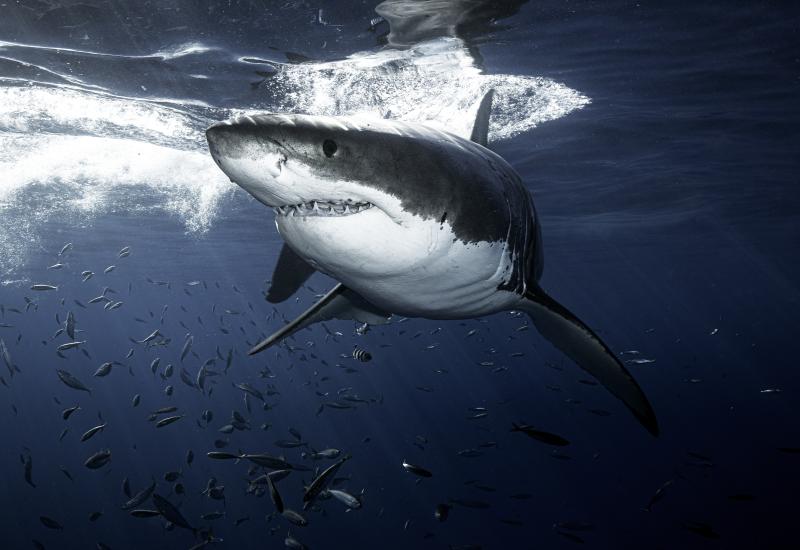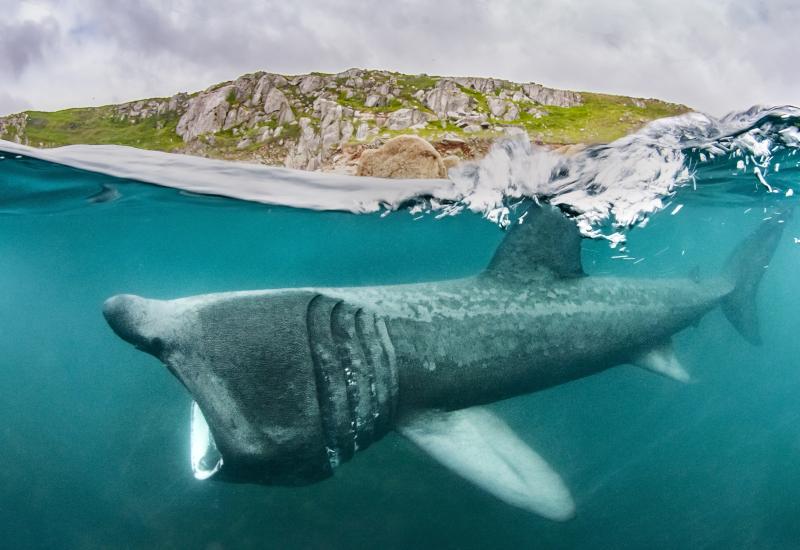Lemon Sharks Facts and Information - Divers Guide to Marine Life

Lemon shark (Negaprion brevirostris)
A popular, natural aggregation of lemon sharks off the coast of Jupiter, Fla. attracts divers from around the world to see them.
Click HERE for more fun shark facts!
Samantha Whitcraft
Lemon Shark - Negaprion brevirostris
-
Conservation status: IUCN Red Listed as ‘Near Threatened’
-
Lemon sharks can be identified by their yellowish-brown coloration and second dorsal fin that is almost as large as the first. They can reach a maximum of 3.6 meters (~ 11 ft.) in length.
-
They are commonly found along the Atlantic U.S. and South American coasts and possibly West African coasts.
-
Young lemon sharks show a strong preference for specific ‘nursery’ areas such as mangroves while adults make long migrations. Adults reach maturity at 12 to 14 years old.
-
Mature lemon sharks’ diet consists of fishes, smaller sharks, and sometimes sea birds.
-
Lemon sharks are known to rest motionless in sand or seagrass.
-
A popular, natural aggregation of lemon sharks off the coast of Jupiter, Florida attracts divers from around the world to see them.
Information provided by the SharksCount program. Find out more about citizen science for sharks at www.sharksavers.org/sharkscount.

Samantha WhitcraftA popular, natural aggregation of lemon sharks off the coast of Jupiter, Fla. attracts divers from around the world to see them.
Click HERE for more fun shark facts!
Lemon Shark - Negaprion brevirostris
Conservation status: IUCN Red Listed as ‘Near Threatened’
Lemon sharks can be identified by their yellowish-brown coloration and second dorsal fin that is almost as large as the first. They can reach a maximum of 3.6 meters (~ 11 ft.) in length.
They are commonly found along the Atlantic U.S. and South American coasts and possibly West African coasts.
Young lemon sharks show a strong preference for specific ‘nursery’ areas such as mangroves while adults make long migrations. Adults reach maturity at 12 to 14 years old.
Mature lemon sharks’ diet consists of fishes, smaller sharks, and sometimes sea birds.
Lemon sharks are known to rest motionless in sand or seagrass.
A popular, natural aggregation of lemon sharks off the coast of Jupiter, Florida attracts divers from around the world to see them.
Information provided by the SharksCount program. Find out more about citizen science for sharks at www.sharksavers.org/sharkscount.










